From Effortless to Extra: I'm Craving Some Drama and Discomfort for Fall
An interview with designer Iman Coccellato and I get to model the clothes!
Let me preface this by saying I love to be comfortable. I find solace in a sloppy slip and tee, pieces that are technically effortless but somehow feel cool-coded, like a setup, like you’re trying not to try. Toss me an un-ironed, un-buttoned shirt and sheer pants, a flimsy lingerie dress that barely scrapes the skin and I’m yours. That slovenly-sexy combination - gratingly irresistible, low-brow, questionable in terms of age or occasion, keeps me hostage every summer.
Alas, it’s September. As I mentioned a few weeks ago, that wanton streak tends to shift–not out of necessity, but whim. Effortless starts to feel tired, an uninspired gateway to laziness. Style is important, but maybe I’m not trying hard enough. Not in ironic flip-flops, but serious heels. Pass on the slouchy surfer jeans for the grown-up selvedge, buttons threatening circulation, tailoring that demands backbone and the will to live.
Sometimes we just need to escape ourselves. Careen into something performative, a conversation with our clothes (and ourselves) that’s more confrontational than comfortable, one that could land splat on our faces, debauched or fulfilled. It’s a risk worth taking… Besides, when was the last time anything devastatingly interesting came from being comfortable?
Which brings me to my first encounter with Coccellato – the brand. The man, the designer, Iman Coccellato, I already knew. French born of Sicilian and Tunisian descent, warm with woeful eyes and gregarious charm, we shared cigarettes and gossip at dinner parties when we should’ve been eating. So when he asked me to model his latest campaign collection, I was too giddy to say no. Dammit! That’s what woeful eyes do to me.
Being in front of a camera is not my forte. Selfies for this newsletter, I can manage. Actual modeling, a different matter. Mortifying. Cringe-inducing. Enough to send me spiraling into self-inflicted hyperventilation. Not cute.
But I had to assume. If not for my dignity, then for the sake of the clothes. The clothes that demanded something from me. Stature, substance - nothing limpid. They are not easy. Not relaxed, but structured, with elongating volumes that stretch your arms, your legs, your neck. Yes, maybe your ego. A snatched waist you never knew you had. A more bulbous derriere you thought you lost in your 30s. They’ve been slapped back into place, and now you have to assume them. Again. Now that’s hot.
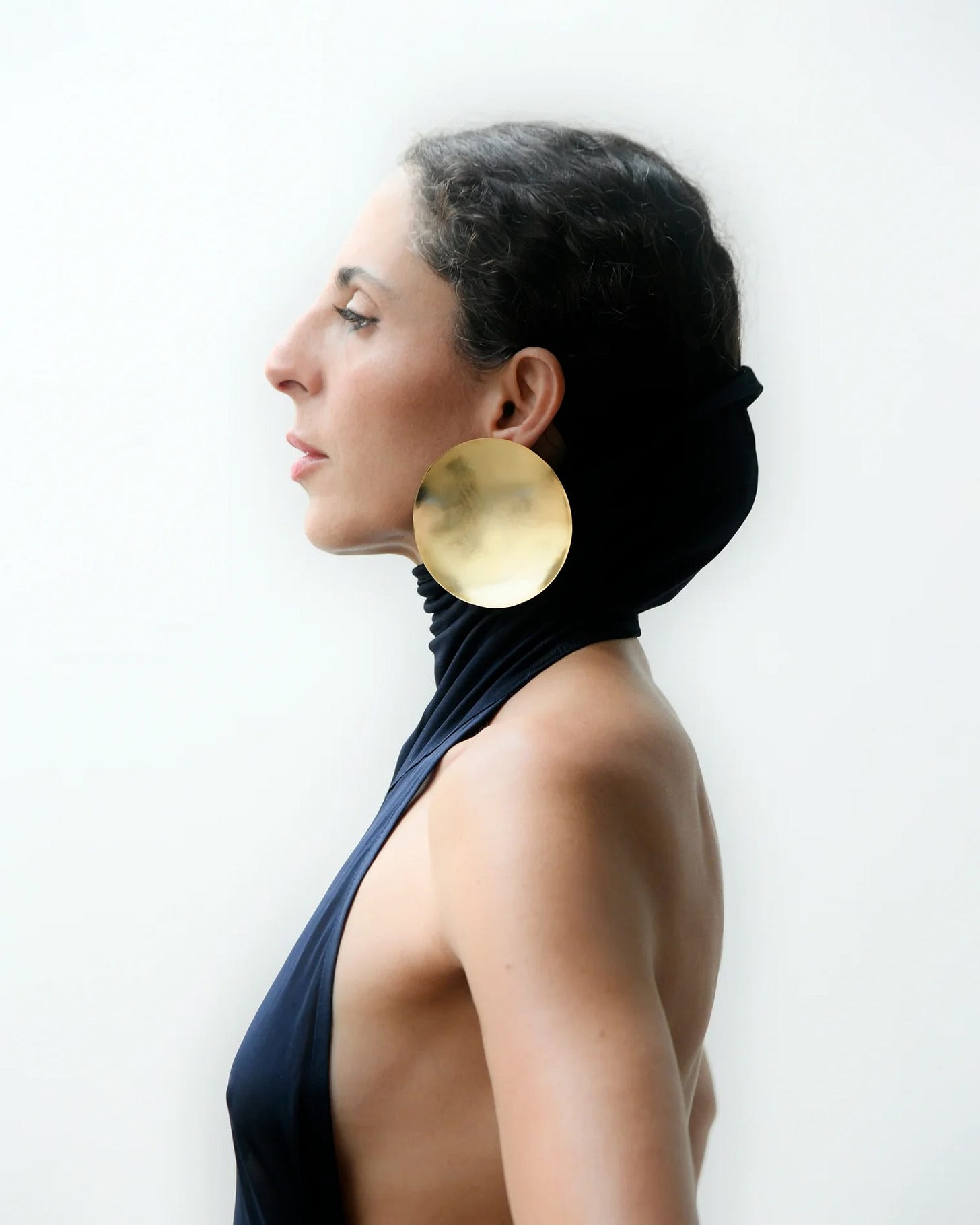
There’s drama in Coccellato, obviously. Shoulders screaming out to the ’80s, Mugler in a tryst with Alaïa, but tilted into something weirder, its own strain of strange that’s more preoccupied with presence than pretty. Inspired by bugs. Let’s just start there.
Here’s my interview with Iman interspersed with my favourite Coccellato pieces that smacked my sensibilities sufficiently out of synch. See the rest of the collection here.
LA: I loved the playful use of insects in your recent collection. What inspired that motif?
IC: They are the perfect metaphor for transformation. Fragile and powerful at once. A shell as thin as glass, colours beyond imagination, and yet a capacity for survival that defies belief. To me, insects are microscopic heroines. I integrated them into my pieces as symbols of a beauty that does not seek to please, only to exist.
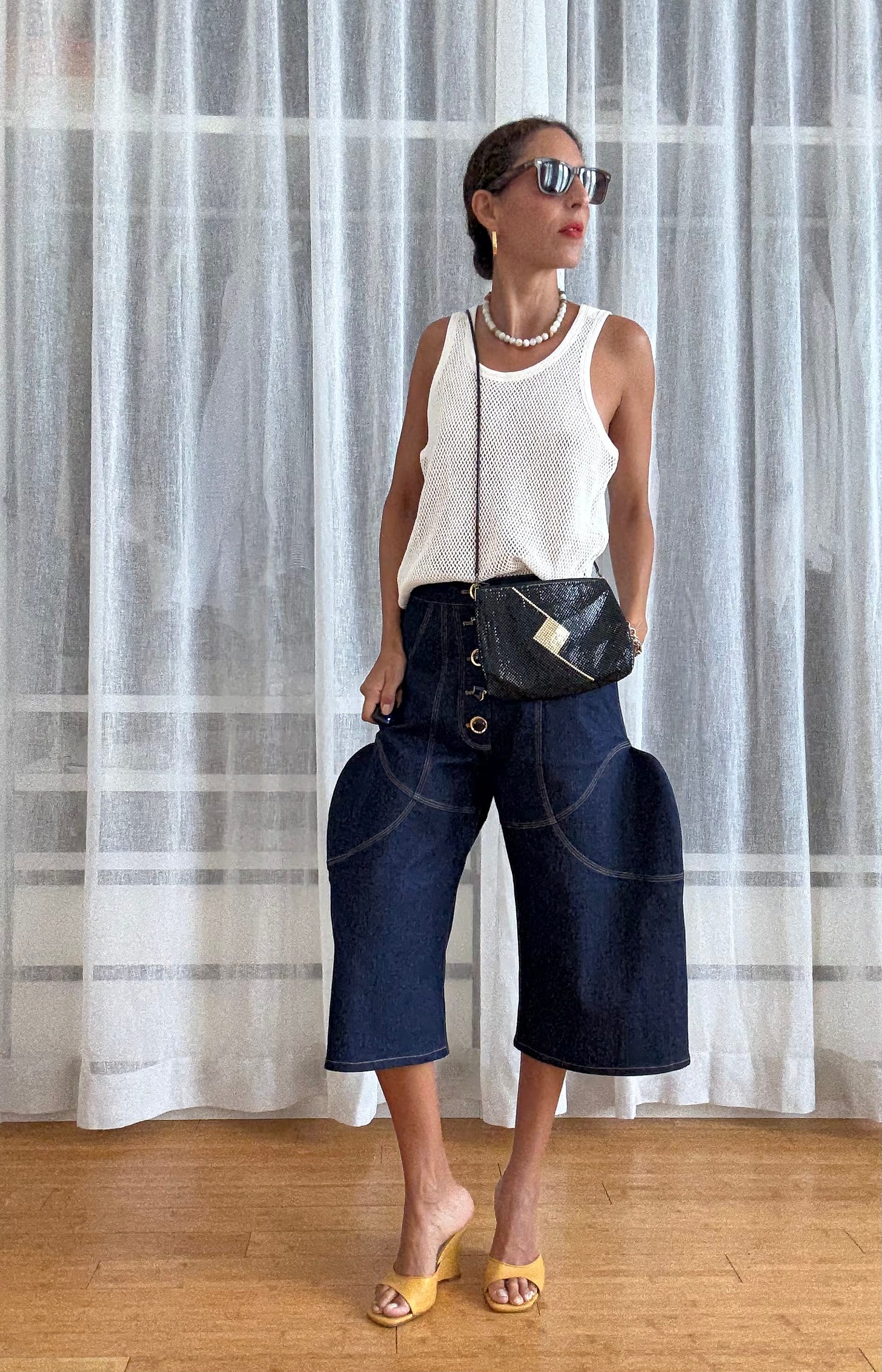
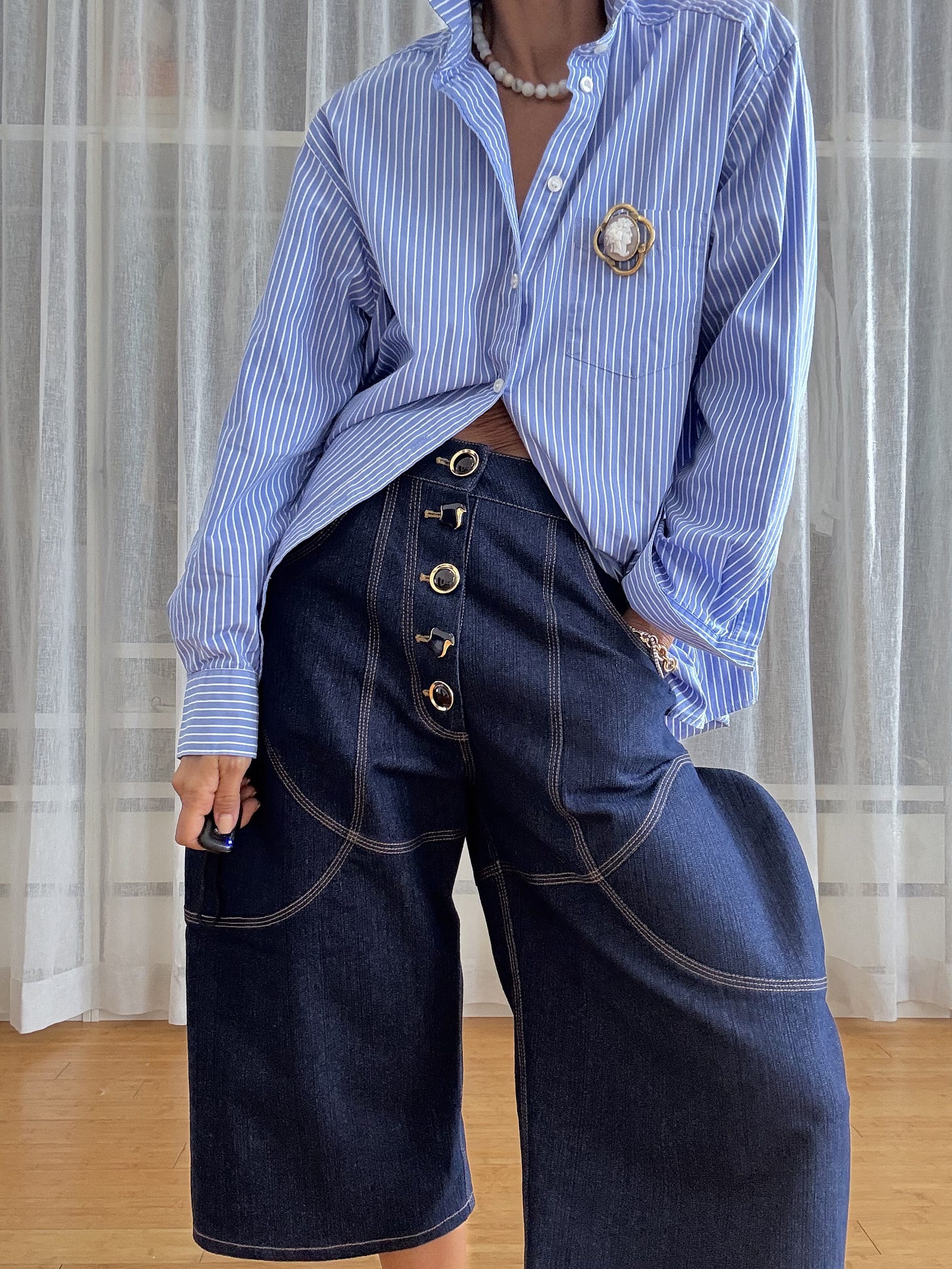
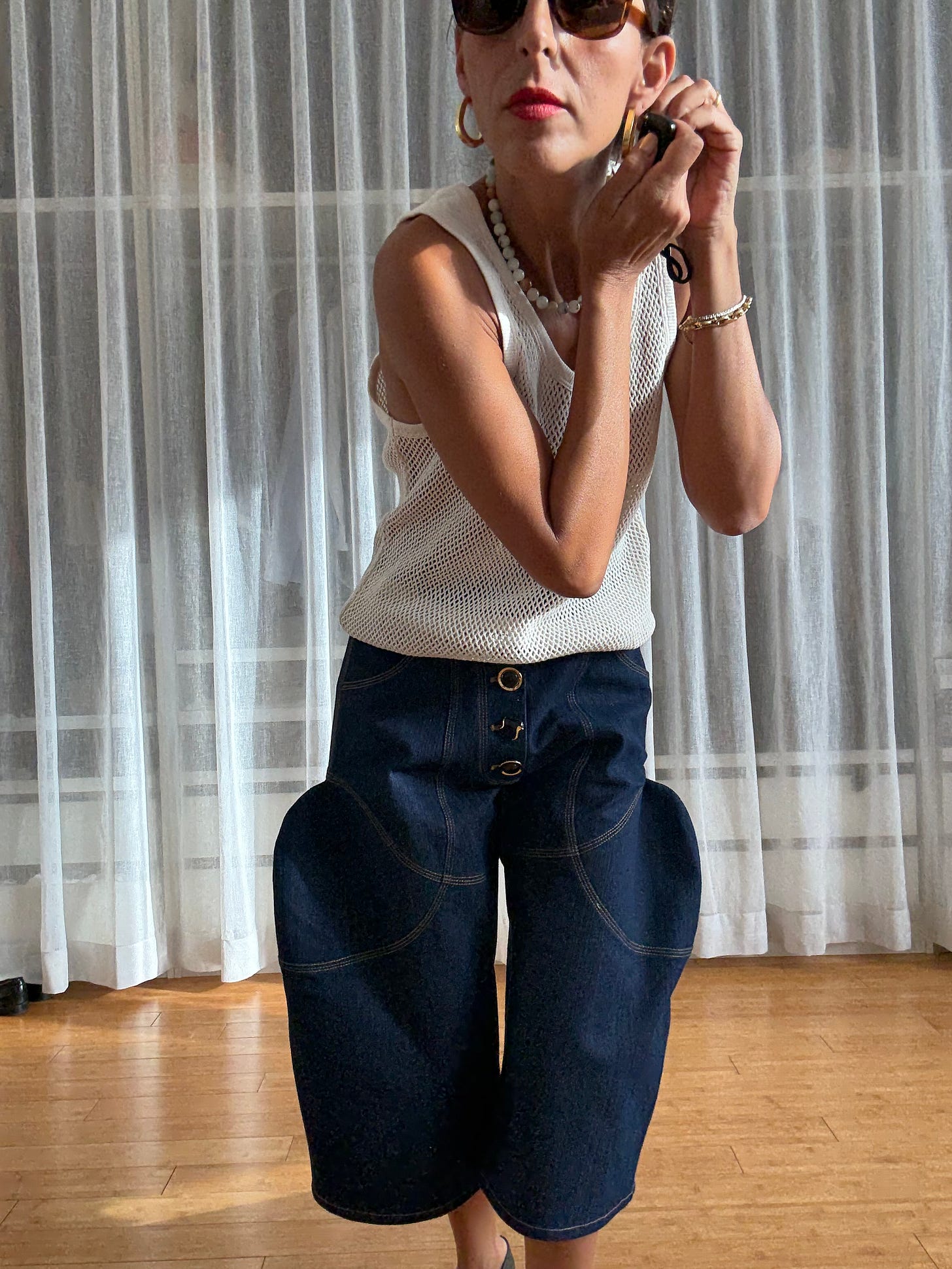
LA: Your pieces make a statement. As a wearer, I felt they asked something of me, to rise to them. In today’s climate of “effortless” dressing and style on auto-pilot, Coccellato feels like the opposite - clothes that demand a dialogue with the self. What do you think is missing in the current fashion conversation, and how do your designs propose to answer it?
IC: Fashion today is saturated with ease. But dressing is never insignificant. My pieces ask women to confront them, to rise to their height. They don’t flatter, they reveal. What is missing in fashion is courage - the courage to ask women not to “be pretty,” but to “be immense.”
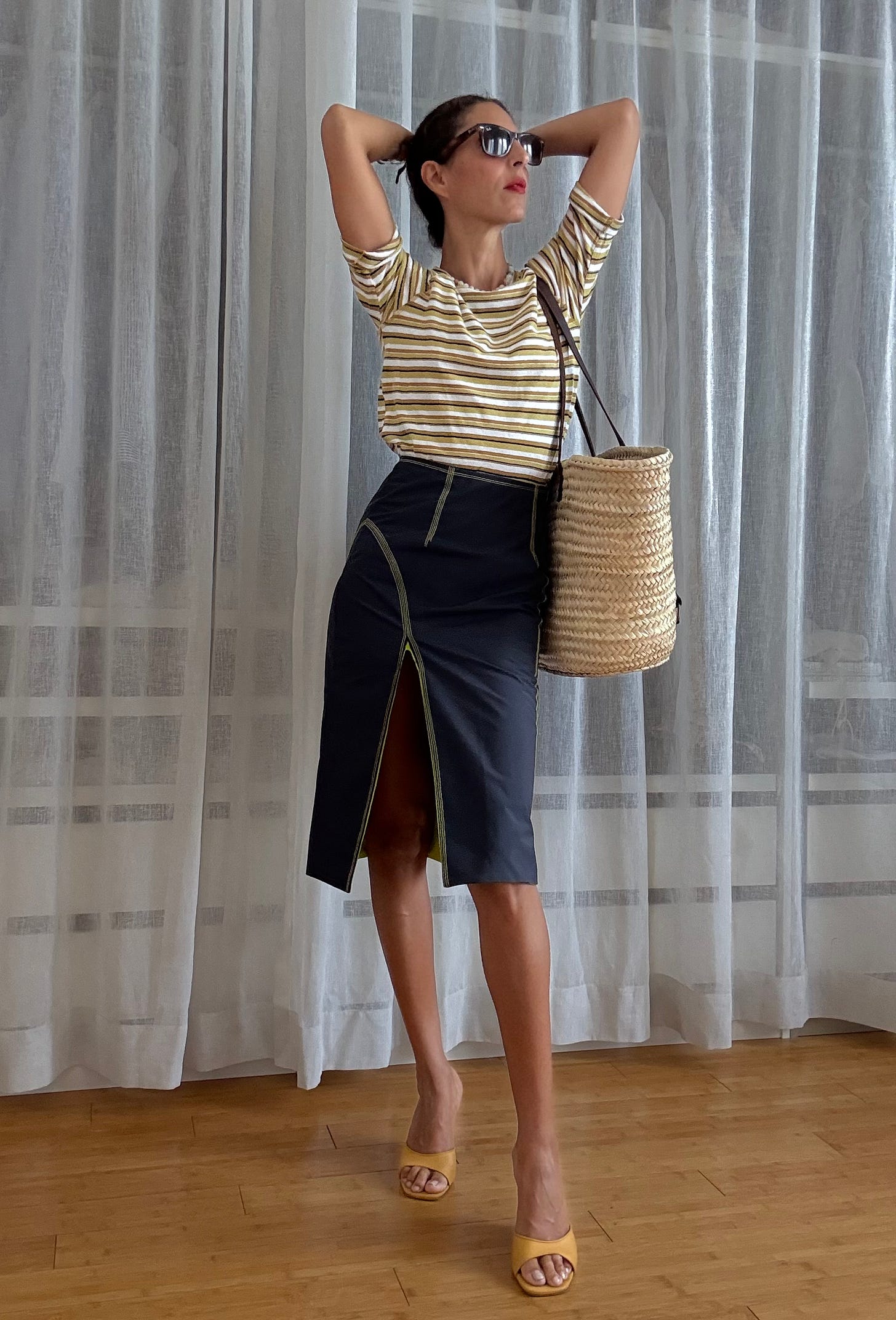
LA: Women play an instrumental role in your work. In a time when the categorisation and expectations of womanhood are constantly shifting, how do you see Coccellato engaging with that conversation, and what do you feel it offers her wardrobe?
IC: Coccellato was born from the women who raised me. I grew up among Tunisian and Gypsy women who were both mothers and fathers to me. They were beautiful, sensual, sometimes excessive; they spoke loudly, laughed, cried and never apologised for it. Their femininity was not a cage but a force always in motion. That’s where I draw my inspiration. Coccellato doesn’t try to define womanhood, but offers a language of silhouettes that follow her transformations and reveal her presence. My pieces are they are talismans, protecting and shaping an aura, giving women the freedom to move through the world like heroines.

LA: Your work feels less about dressing a body and more about shaping a presence. How much do you think fashion today is about clothing versus about the aura it creates?
IC: Fashion is not only about clothing, but about the presence it imposes. Clothes are fabric, but also energy. A dress can be perfectly cut, yet if it doesn’t create an atmosphere around the woman, it says nothing. For me, a garment should shape more than a silhouette it should shape an aura. That’s when fashion comes alive: when it becomes a force, a vibration felt without being touched.
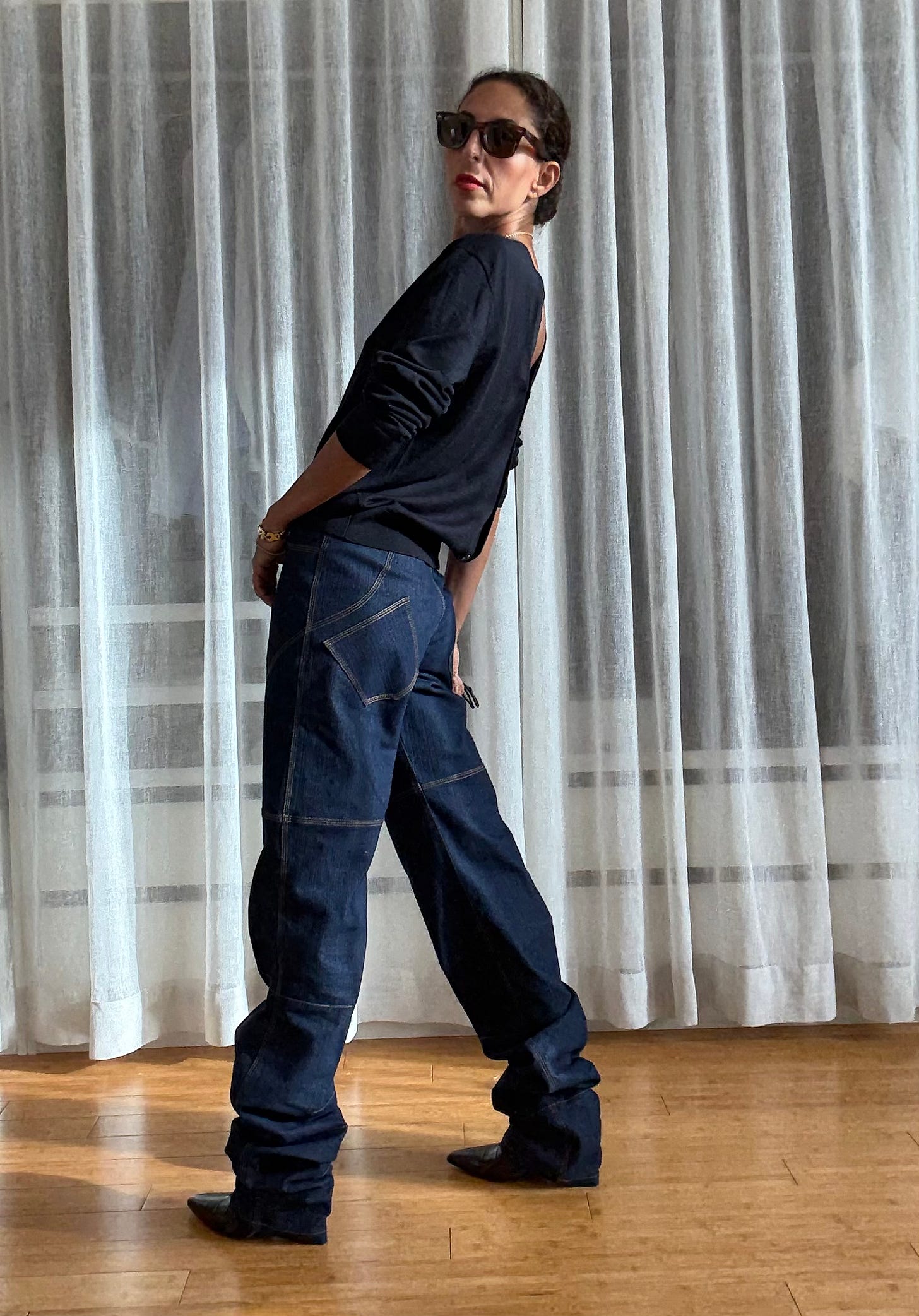
LA: Looking back at your earlier collection Belle Étoile and now at your latest collection, how do you feel you’ve evolved as a designer?
IC: With Belle Étoile, I was learning to speak. With Talisman, my current collection, I am composing poems. My language has been refined: more control in the volumes, more radical in the fabrics, but also more softness. I’ve understood that couture is like love. You become braver with time, but also more nuanced.
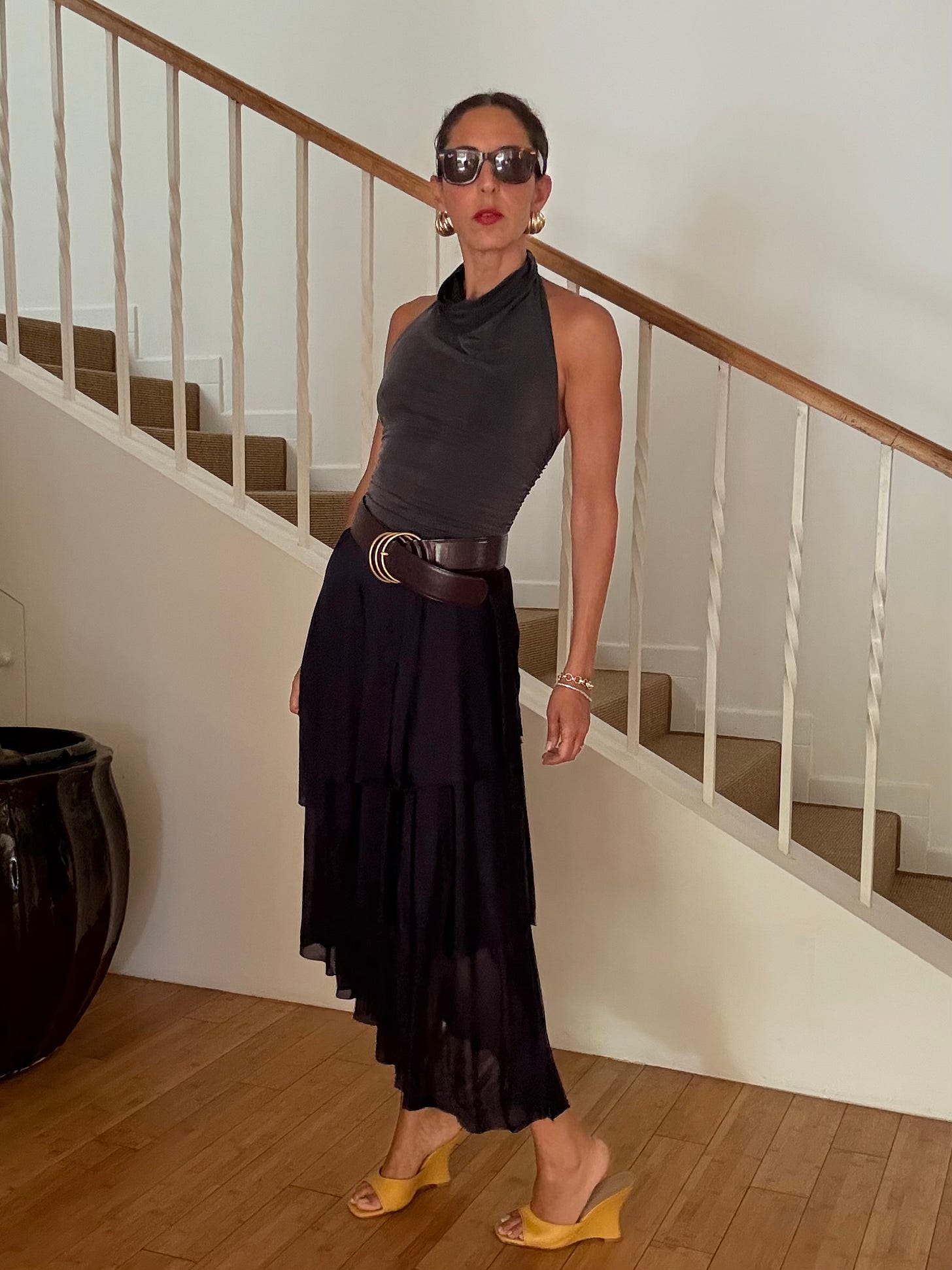
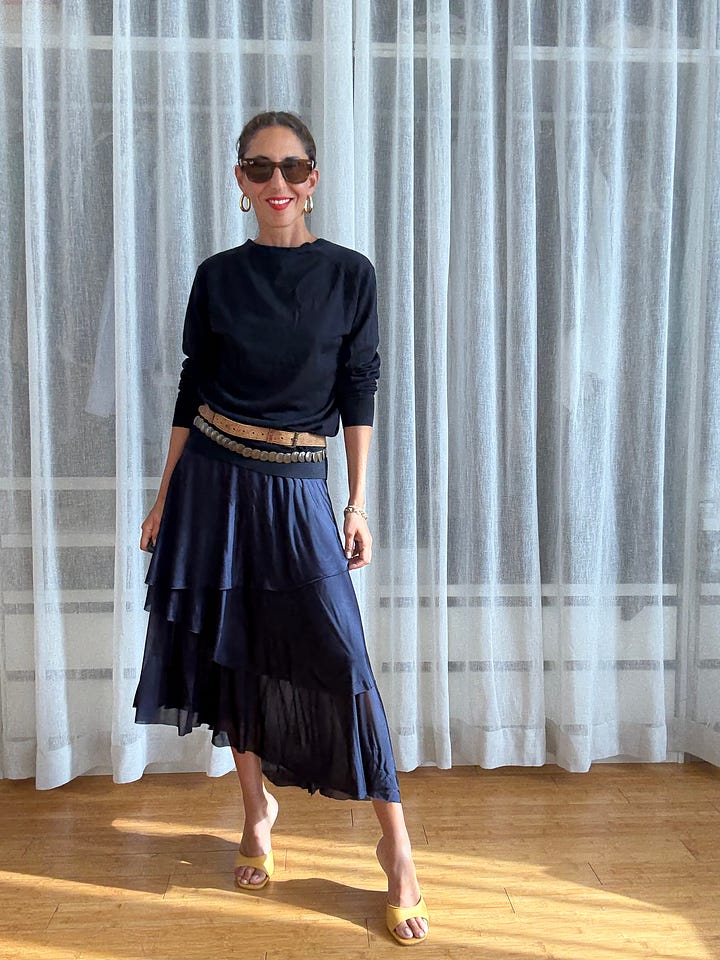

LA: Who are your modern-day muses, and is there someone you dream of dressing?
IC: My muses are the Gypsies, the women of North Africa, the Sicilian women but also all women of the world, of every religion and every culture. If I had to dream of dressing one, it would be Glenn Close returning as Cruella: an excessive, tragic and comic heroine who never apologises for existing. They are romantic women, strong and vulnerable at once, who carry their story in their gestures and transform life into theatre.
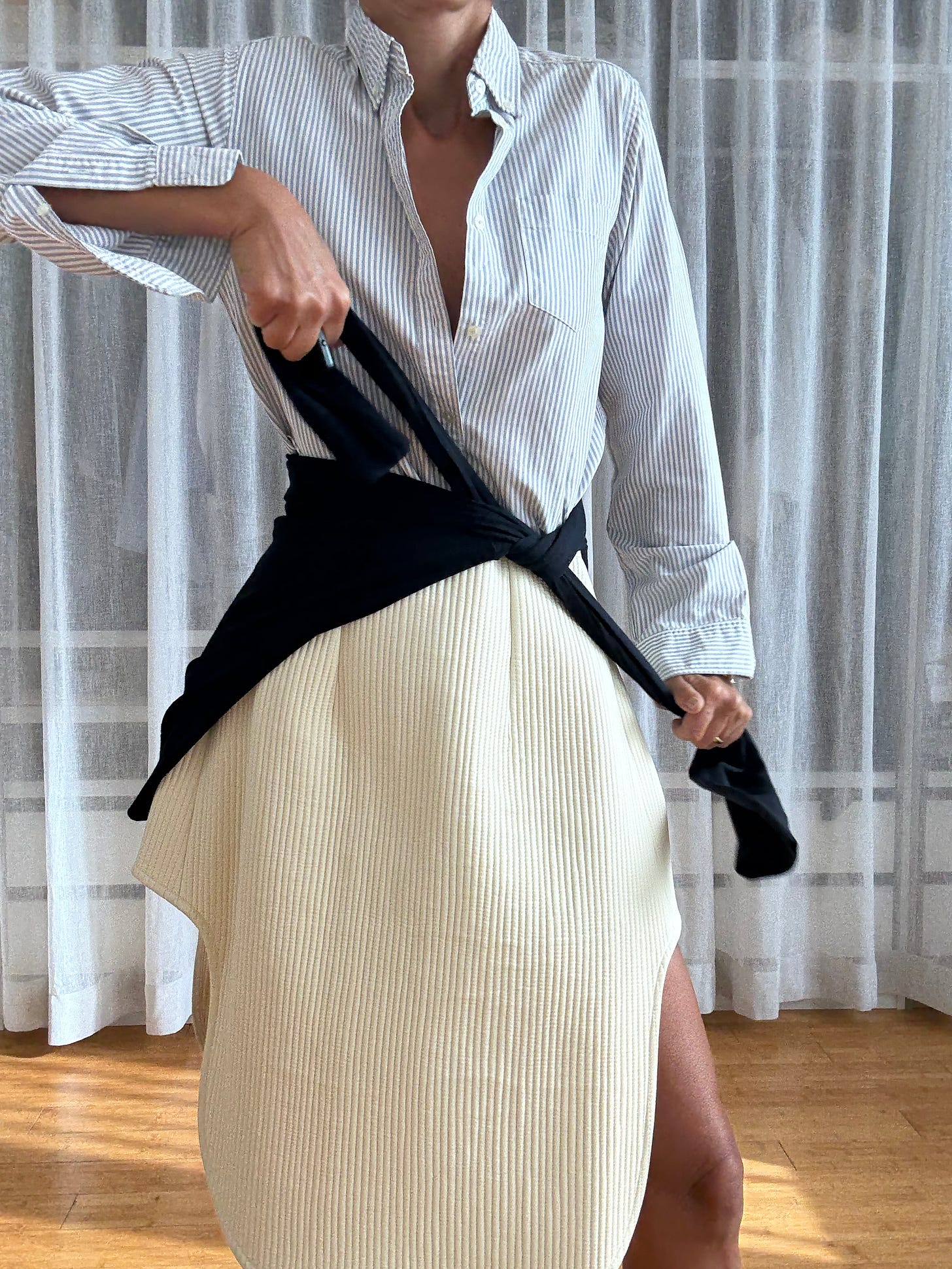
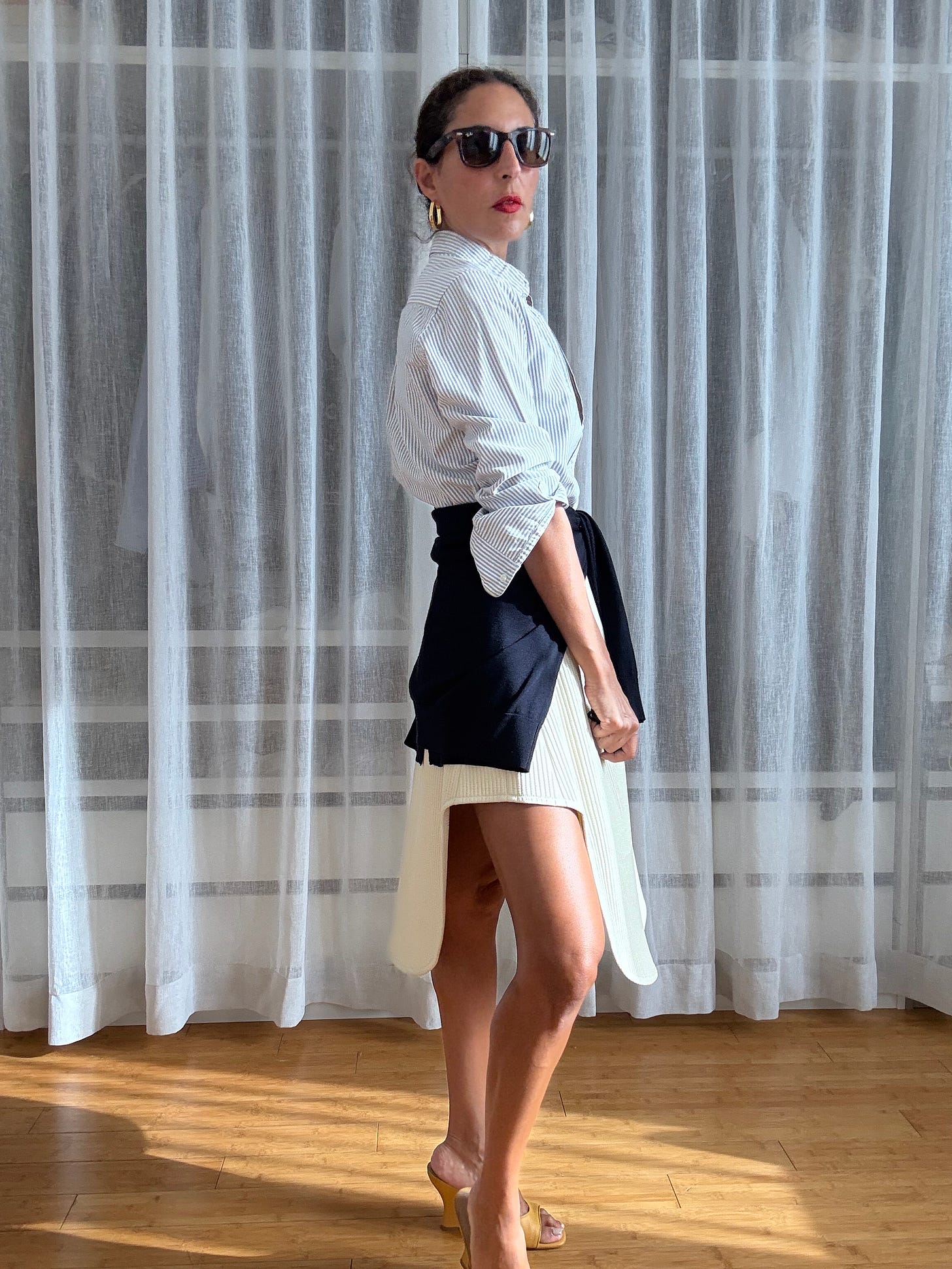
LA: If Coccellato were a film or book what would it be?
IC: All About My Mother by Almodóvar for its excessive, unforgettable heroines who live on the edge of tragedy and comedy. Or Caramel by Nadine Labaki for its sensual tenderness and the intimate theatre of women’s lives. As a book, it would be Love Letters by Maria Callas an archive of raw emotion, where fragility turns into grandeur, and intimacy becomes opera and its sooooo DRAMA.
LA: What’s the key piece from Coccellato that a woman must have?
IC: The brassiere! A silent armour worn close to the heart, giving a woman instant inner strength. It is more than utility - it sculpts the bust and balances delicacy with structure, sensuality with architecture. The modern woman doesn’t need heavy armour; she needs a piece that protects without weighing her down.
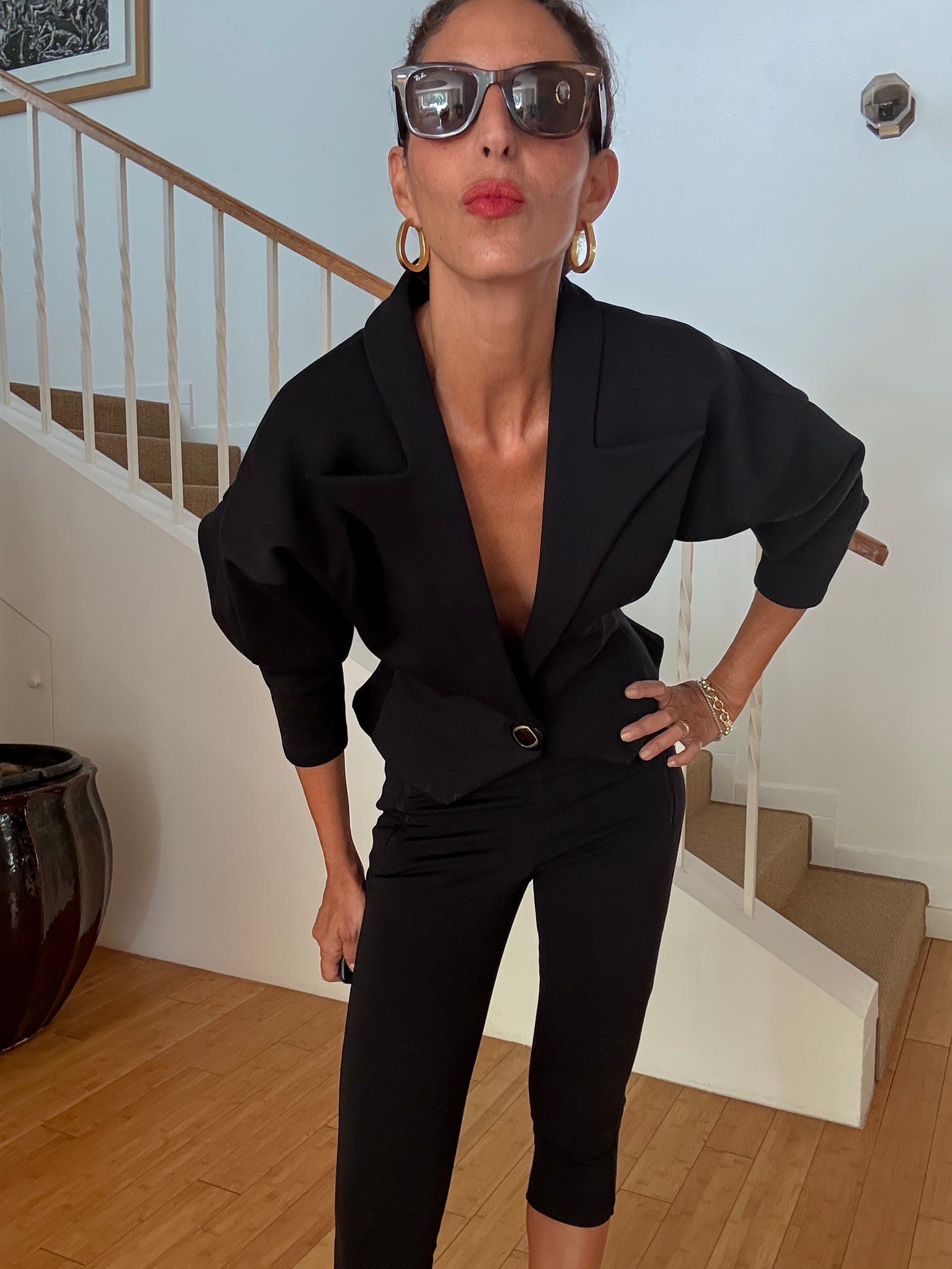
LA: Favourite designers that inspired you growing up?
IC: Alaïa, Claude Montana, Jean Paul Gaultier, John Galliano, Madeleine Vionnet.
LA: Add more or take something off?
IC: Always remove. The truth lies in the pure line.
LA: Femme Fatal or Intellectual Chic?
IC: One cannot exist without the other. Touché.
The verdict? It’s easy to get comfortable. Necessary, even. To strip back, retreat into basics, run on autopilot for a while. So that when the itch for sharpness inevitably returns, when structure calls – something turgid, dark, slicing through the fug – you’re ready. To slip out of ease, and into your power. Coccellato helps.
Stay strong, stay sexy,
L.




